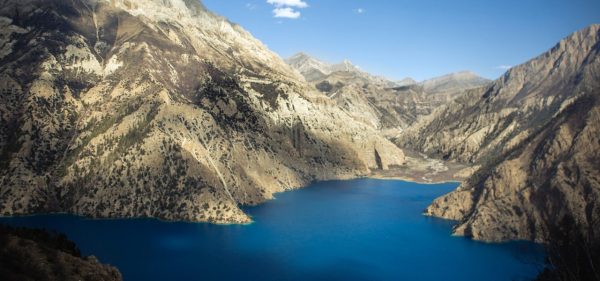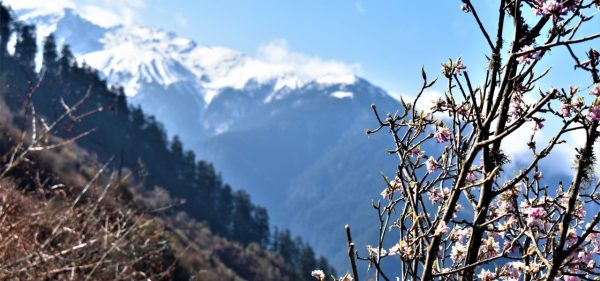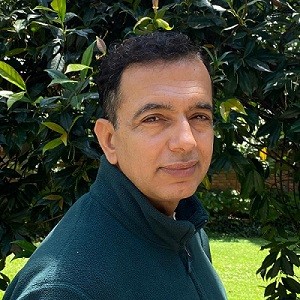Altitude above sea level: 1,302 m
Tour Duration: 8 hrs. Approx.
Accommodation: Hotel Tibet or similar
9:00 AM: After breakfast, you start a guided cultural tour around Kathmandu Valley. Experience the numerous colors, sounds, and tastes of authentic Kathmandu and its surroundings. Our experienced tour guides will tell you all you need to know and answer all your curiosities regarding those sites.
Local Market Tour
Take a short drive to Ason. Then, start wandering Ason and Indrachowk marketplaces to get a glimpse of traditional Nepalese life. Witness the bustle of the market, see how locals purchase the products and haggle for a bargain. Whilst walking around, enjoy the lively and vibrant atmosphere this local market has to offer. Observe first-hand the local produce people from Nepal actually purchase. You will also take in the sights and smells of the market. Your friendly tour guide will explain in full detail all the products and procedures you will see. There are lots of photo opportunities to capture with your camera.
Kathmandu Durbar Square
Next, head towards Kathmandu Durbar Square, also called Hanuman Dhoka Durbar. This ancient site used to be the residence of the Nepali royal family and administrators. It incorporates an architecturally extraordinary complex of ancient palaces, temples, courtyards, and shrines dating from the 15th to the 18th century.
The prominent sites of Kathmandu Durbar Square are Kumari Ghar or the house of the living goddess. Kasthamandap is a huge rest house that is said to have been built with wood from a single tree and is the source of which Kathmandu valley got its name. Other sites around Kathmandu Square are the ferocious Kal Bhairab – the red monkey God- Hanuman, hundreds of erotic carvings, temples, and statues dedicated to different deities.
Swayambhunath
Swayambhunath (monkey temple), is the magnificent ancient religious architecture and the center of faith of Hinduism and Buddhism. Its lofty white dome and dazzling golden spire are visible from far and wide. Swayambhunath is the ideal place to observe the religious harmony in Nepal. In the shadows of the imposing structure and besides the integrated architecture can be found the daily surge of devotees faithfully offering their prayers to the gods. Upon arriving at the top, you can hear the Buddhist song “Om Mani Padme Hum” resounds everywhere. The candles and the aromatic fragrance of incense that burns constantly create a serene vibe and enormous prayer wheels which encircle the stupa.
PM: Boudhanath
Thereafter, take a short drive towards Boudhanath. From the moment you step into the sanctuary, you’ll immediately feel the spiritual energy that comes from the place. Boudhanath is one of the biggest stupa in Nepal, built in the 5th century and listed on the world heritage list by UNESCO in 1979. The surrounding area is a central spiritual hub of Tibetan life and culture in Nepal. Observe a beautiful dome-shaped structure stupa surrounded by brilliant colorful prayer flags. It is believed that prayer flags convey mantras and prayers into the universe while fluttering in the wind. The Stupa is said to entomb the remains of Kassapa Buddha.
Witness monks draped in maroon robes rolling the prayer wheels, burning incense, and flickering butter candles. Moreover, it’s fascinating to see the people feeding grains and maize to hundreds of pigeons around stupa areas. The devotees turn the prayer wheels & chant, which is humbling to see such dedication to their beliefs.
Delight in the serenity as you hear the Buddhist mantra ‘Om Mani Padme Hum’ being chanted by devotees, alongside the echo of music streaming out from the nearby shops.
Pashupatinath
Moving on, visit Pashupatinath temple, a Hindu shrine dedicated to Lord Shiva located on the bank of the Bagmati River. The word Pashupati means “the king of animals” and the temple is famous for its monkeys. You will be visiting the Pashupatinath area to indulge in a spiritual journey.
Pashupatinath is more than just a religious destination. It is a combination of religion, art, and culture. The temple, spread across 246 hectares of land, abounds in temples and monuments. Hundreds of rituals are performed here every day. Witness people performing the religious ritual and funeral pyres burning at open-air cremation. Also, see elaborately dressed holy men meditating outside the temple and pilgrims placing offerings at the shrines. After touring around prominent sites, you will be transferred safely back to your hotel.
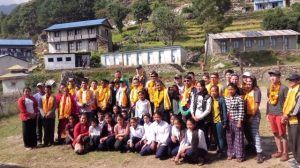



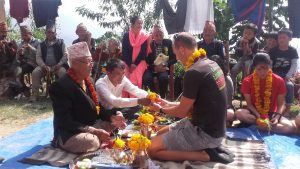
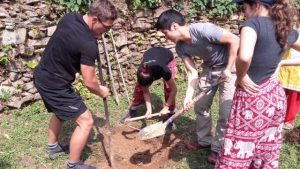
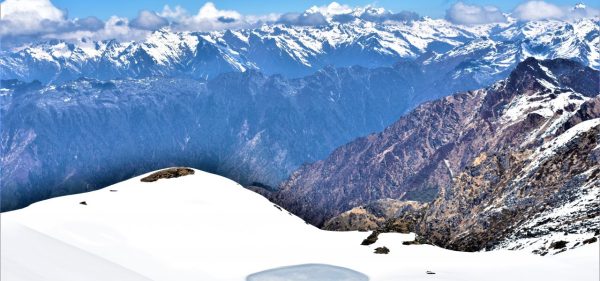
 Altitude:
6143 m/20,154 ft.
Altitude:
6143 m/20,154 ft.
 Difficulty:
Strenuous
Difficulty:
Strenuous
